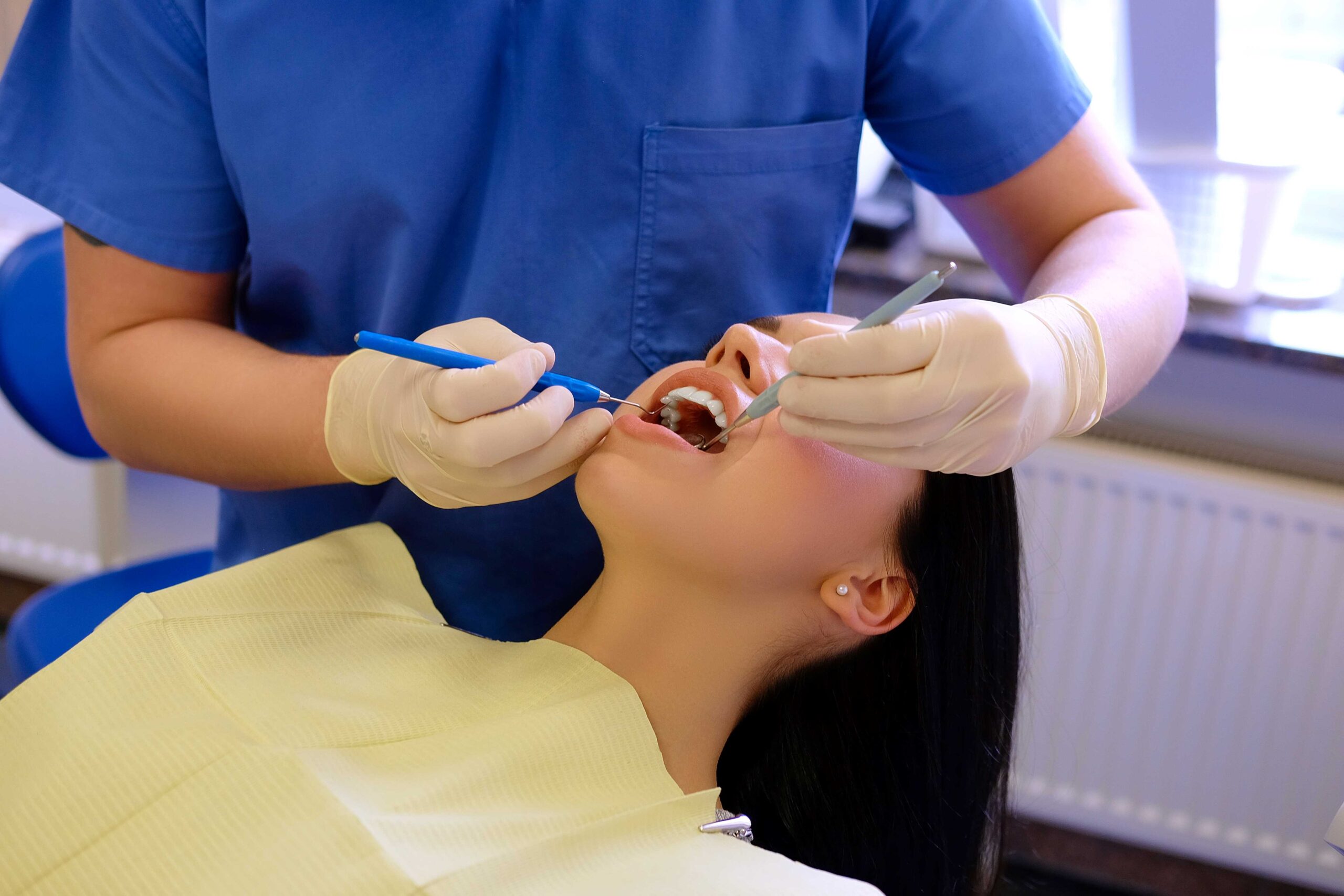Legacy Orthodontics - The Facts
Not known Details About Legacy Orthodontics
Table of ContentsThe Facts About Legacy Orthodontics UncoveredThe Best Strategy To Use For Legacy OrthodonticsThe 30-Second Trick For Legacy OrthodonticsThe Main Principles Of Legacy Orthodontics 4 Simple Techniques For Legacy Orthodontics
At Advanced Orthodontics, we offer people with a holistic treatment experience. On top of that, we provide adjustable therapy routines, versatile settlement choices and an enjoyable, delightful experience. clear braces. Phone call ( 480) 357-4900 today for additional information and routine a visit.An orthodontist is a dental practitioner educated to diagnose, avoid, and deal with teeth and jaw abnormalities. They remedy existing problems and are trained to identify issues that might develop in the future. Orthodontists collaborate with people of any ages, from children to grownups. People often associate an excellent smile with health.
Malocclusion, or misaligned teeth, can result in oral problems, consisting of tooth degeneration, gum condition, and hard or agonizing chewing. Not everyone is birthed with straight teeth. If you have a poor bite or huge areas between your teeth, you may wish to get in touch with a dental practitioner focusing on orthodontic care.
3 Easy Facts About Legacy Orthodontics Shown
( Image Credit History: DigitalVision/Getty Images) Orthodontists make use of repaired and removable oral tools, like braces, retainers, and bands, to transform the placement of teeth in your mouth. Orthodontic treatment is for dental problems, consisting of: Misaligned teethBite troubles, like an overbite or an underbiteCrowded teeth or teeth that are too far apartJaw misalignmentThe objective of orthodontic therapy is to improve your bite.
A healthy bite ensures you can consume, eat, and speak effectively. While you might believe of orthodontists as mainly for youngsters or teenagers that require braces, they can remedy oral problems at any age. Orthodontists go to university, oral school, and orthodontic institution. After college graduation, they spend 2 or 3 years in an orthodontic residency program.
All orthodontists are dental professionals, however not all dental experts are orthodontists. Orthodontic residency programs offer intensive, focused direction for dental specialists. They concentrate on 2 locations: Just how to correctly and safely move teeth Exactly how to appropriately assist growth in the teeth, jaw, and faceOnce an orthodontist has actually finished training, they have the alternative to come to be board licensed.
See This Report on Legacy Orthodontics
Misalignment, or malocclusion, is the most common factor people see an orthodontist. It is genetic and is the outcome of size distinctions between the top and reduced jaw or between the jaw and teeth. Malocclusion leads to tooth congestion, a twisted jaw, or irregular bite patterns. Malocclusion is usually treated with: Your orthodontist attaches steel, ceramic, or plastic square bonds to your teeth.
If you have just small malocclusion, you may have the ability to use clear braces, called aligners, rather than traditional dental braces (https://www.figma.com/design/kgqCY8l54dyz5KdMEWTWil/Untitled?node-id=0-1&t=R12PkCtJ5eBOkvHF-1). Some individuals need a headgear to assist relocate teeth right into line with stress from outside the mouth. After dental braces or aligners, you'll need to use a retainer. A retainer is a personalized tool that keeps your teeth in location.
They can develop additional area in the mouth without having to pull teeth. Orthodontists utilize cables, surgical screws, or plates to sustain your jaw bone.
You might require to see an orthodontist if you have: Crowding or otherwise adequate area for every one of your teethOverbite, when your upper teeth come over your base teethUnderbite, when your bottom teeth are too much forwardSpacing or problems with gapsCrossbite, which is when your top teeth fit behind your bottom teeth when your mouth is closedOpen bite or a vertical void in between your front bottom and upper teethMisplaced midline, when the center of your bottom and this upper teeth don't line up Correcting a dental malocclusion can: Make biting, eating, and speaking easierImprove the proportion of our face and your general appearanceEase pain from temporomandibular joint conditionsSeparate your teeth and make them simpler to clean, aiding stop tooth degeneration or tooth cavities It's typically a dental expert who initially notifications misaligned teeth throughout a routine exam.
Getting The Legacy Orthodontics To Work

During your very first orthodontic assessment, you'll likely have: A dental examPhotos taken of your face and smileDental X-raysPanoramic (360 level) X-rays of your face and headImpressions to produce molds of your teethThese tests will help your orthodontist recognize just how to proceed with your treatment. orthodontics. An orthodontist is a dental expert that's had training to treat your teeth and jaw
Orthodontists may perform surgical treatment, exams,X-rays,and more to aid you achieve a more comfy, healthier smile. An orthodontist is concentrated on your bite, so something like a cracked tooth would certainly be managed by a dental expert. Orthodontists are dentists however not all dental professionals are orthodontists. Orthodontists are concentrated on your bite, or the method your teeth fit together, and the straightness of your teeth.
Ever wondered how stars constantly seem to have perfectly straightened teeth? The answer commonly depends on the skilled hands of an orthodontist. What exactly does an orthodontist do? Orthodontists are dental professionals who concentrate on remedying abnormalities in the teeth and jaws. Their knowledge surpasses just creating an attractive smile; it includes improving your overall oral health and wellness and function.
Top Guidelines Of Legacy Orthodontics

, orthodontists have a diverse toolkit at their disposal. These reliable braces use a system of brackets bound to the teeth and attached by wires.
Clear aligners, like Invisalign, are a popular option for people seeking a more discreet therapy alternative. These detachable trays are custom-made to gradually shift the teeth's position. Headwear might be used in combination with dental braces or aligners to apply added targeted forces, particularly for dealing with jaw discrepancies. In situations of slim jaws, palatal expanders can be made use of to create area for proper tooth alignment.